

Articles
How To Store Uncooked Salmon
Modified: February 28, 2024
Discover the best methods for storing uncooked salmon with our informative articles. Learn tips and tricks to ensure freshness and quality.
(Many of the links in this article redirect to a specific reviewed product. Your purchase of these products through affiliate links helps to generate commission for Storables.com, at no extra cost. Learn more)
Introduction
Salmon is a delectable and nutritious seafood option that is enjoyed by many people around the world. Whether you purchased fresh salmon from a local grocery store or received it as a gift, it is important to know how to properly store uncooked salmon to maintain its quality and safety.
Improper storage of uncooked salmon can lead to spoilage and potential health risks. The freshness of salmon can deteriorate quickly if it is not stored correctly, resulting in unpleasant odors and flavors. Additionally, improper storage can increase the risk of bacterial growth, which can cause foodborne illnesses.
In this article, we will explore the importance of properly storing uncooked salmon, the factors to consider before storing it, and the methods for storing it to ensure its freshness and safety. We will also provide some tips to help you store your salmon effectively. So, let’s dive in!
Key Takeaways:
- Properly storing uncooked salmon is essential for maintaining its freshness, quality, and safety. Choosing fresh fish, packaging it correctly, and controlling temperature are crucial steps to ensure optimal storage.
- Whether refrigerating or freezing uncooked salmon, following recommended storage durations and guidelines is key. Additionally, using fresh salmon, proper sealing, and thawing methods are essential for preserving its flavor and texture.
Read more: How To Store Salmon
Importance of Properly Storing Uncooked Salmon
Properly storing uncooked salmon is crucial for several reasons. First, it helps to maintain the freshness and quality of the fish. Freshly caught or purchased salmon has a delicate flavor and a tender texture that can easily be compromised if it is not stored correctly. By storing it properly, you can preserve its natural taste and texture.
Furthermore, proper storage of uncooked salmon is essential for food safety. Salmon, like any other seafood, is prone to bacterial contamination. If left at room temperature for too long or stored in unsanitary conditions, harmful bacteria can grow and multiply, leading to foodborne illnesses such as Salmonella or listeria infection. These illnesses can cause symptoms like nausea, vomiting, diarrhea, and fever.
By following proper storage practices, you can minimize the risk of bacterial growth and ensure that the uncooked salmon remains safe for consumption. This is especially important if you plan to consume the salmon raw or undercooked, as in the case of sushi or sashimi.
Additionally, proper storage helps to prevent the wastage of salmon. If you do not store it correctly, the salmon may spoil quickly, and you may have to discard it. This can be both frustrating and costly. By understanding how to store uncooked salmon properly, you can make the most of your purchase and minimize food waste.
Now that we understand the importance of properly storing uncooked salmon, let’s explore the factors to consider before storing it.
Factors to Consider Before Storing Uncooked Salmon
Before diving into the methods of storing uncooked salmon, there are a few important factors to consider. These factors will have an impact on the freshness and quality of the salmon, as well as the storage methods you choose.
1. Choosing Fresh Salmon
When it comes to storing uncooked salmon, starting with fresh fish is crucial. Look for salmon that has a vibrant color, firm flesh, and a mild sea-like smell. Avoid purchasing salmon with dull or discolored flesh, slimy texture, or a strong fishy odor, as these are signs of spoilage.
It’s best to purchase salmon from a reputable fishmonger or a trusted source. If buying pre-packaged salmon, check the expiration or sell-by date to ensure its freshness. Remember, the quality of the salmon will directly affect how well it can be stored.
2. Proper Packaging for Storage
The way you package the uncooked salmon for storage plays a significant role in maintaining its freshness. The goal is to protect it from exposure to air and moisture, which can cause spoilage.
For short-term storage in the refrigerator, wrap the salmon tightly in plastic wrap or place it in an airtight container to prevent air from getting in. If you plan to freeze the salmon for long-term storage, use freezer-safe plastic bags or vacuum-sealed bags to remove as much air as possible and prevent freezer burn.
Read more: How To Store Leftover Salmon
3. Temperature Control
Temperature control is crucial for storing uncooked salmon safely. The ideal temperature for refrigerating salmon is between 32°F (0°C) and 38°F (3°C). If the refrigerator is too warm, the salmon can spoil quickly. Therefore, it’s essential to ensure your refrigerator is set to the appropriate temperature.
When it comes to freezing uncooked salmon, a temperature of 0°F (-18°C) or below is recommended. Freezing at this temperature will help preserve the quality of the fish and prevent bacterial growth.
4. Storage Duration
While uncooked salmon can be stored, it is important to keep in mind that it has a limited shelf life. The storage duration will depend on the freshness of the salmon and the storage method used.
For refrigerated storage, uncooked salmon can typically be kept for up to two days. However, it’s best to consume it as soon as possible for optimal freshness. If you plan to freeze the salmon, it can be stored for up to three months. However, for the best quality, try to consume it within the first month.
By considering these factors before storing uncooked salmon, you can ensure that you are starting with fresh fish and taking the necessary steps to keep it safe and maintain its quality. Now let’s explore the methods for storing uncooked salmon.
Choosing Fresh Salmon
When it comes to storing uncooked salmon, the quality of the fish you start with is of utmost importance. Choosing fresh salmon is essential for maintaining its flavor, texture, and safety during storage.
Here are some tips to help you choose fresh salmon:
- Color: Fresh salmon should have a vibrant color ranging from pink to reddish-orange, depending on the species. Avoid salmon with dull or discolored flesh, as it may indicate that the fish is not fresh.
- Firmness: Gently press the flesh of the salmon with your fingertip. It should feel firm and spring back when touched. Avoid salmon that feels mushy or soft, as this indicates that it may be past its prime.
- Smell: Fresh salmon should have a mild sea-like smell. It should not have a strong fishy odor. If the smell is overpowering or unpleasant, it is best to choose a different piece of fish.
- Appearance: Inspect the fish for any signs of damage or bruising. Look for smooth, shiny skin without any blemishes or discolored patches. The gills should be bright red or pink, and the eyes should be clear and not cloudy.
When purchasing fresh salmon, it is recommended to buy it from a reputable fishmonger or a trusted source. They are more likely to have properly handled and stored the fish, ensuring its freshness. If buying pre-packaged salmon, check the expiration or sell-by date to ensure its freshness.
Remember, the quality of the salmon you choose will directly impact how well it can be stored. Starting with fresh salmon will help maintain its flavor, texture, and safety throughout the storage period. So, take your time to carefully select the freshest salmon available before proceeding with storing it.
Now that you understand the importance of choosing fresh salmon, let’s move on to the next step: proper packaging for storage.
Proper Packaging for Storage
Once you have chosen fresh salmon for storage, the next step is to package it properly. Proper packaging plays a crucial role in maintaining the freshness and quality of uncooked salmon during storage.
Here are some tips for packaging uncooked salmon for storage:
- Plastic Wrap: For short-term storage in the refrigerator, tightly wrap the salmon in plastic wrap. Ensure that all sides of the fish are covered to prevent exposure to air. This helps to minimize oxidation and maintain the salmon’s freshness.
- Airtight Containers: Alternatively, you can place the salmon in an airtight container. This helps to keep the fish protected from air and moisture, which can lead to spoilage. Choose a container that fits the salmon snugly, minimizing the amount of empty space.
- Freezer Bags: If you plan to freeze uncooked salmon for longer-term storage, use freezer bags or vacuum-sealed bags. These bags are specially designed to prevent air from entering and freezer burn from affecting the fish. Place the salmon in the bag, remove as much air as possible, and seal it tightly to maintain the best quality.
When packaging the salmon, it is essential to wrap it or store it in a way that minimizes contact with air. Exposure to air can cause the fish to degrade and spoil more quickly. Additionally, be sure to label the packaging with the date to help keep track of its freshness.
Remember, the packaging you choose should be food-safe and suitable for the storage method you plan to use. Whether you opt for plastic wrap, airtight containers, or freezer bags, make sure they are clean, free from any contaminants, and in good condition.
Proper packaging helps to protect the uncooked salmon from air, moisture, and potential contaminants, ensuring that it stays fresh and safe for consumption throughout the storage period. Now that you know how to package the salmon, let’s move on to the next factor: temperature control.
Read more: How To Store Smoked Salmon
Temperature Control
Temperature control is a critical factor when it comes to storing uncooked salmon. Proper temperature conditions help to preserve the freshness of the fish and prevent bacterial growth that can lead to spoilage and foodborne illnesses.
Here’s what you need to know about temperature control for storing uncooked salmon:
- Refrigeration: The ideal temperature for refrigerating uncooked salmon is between 32°F (0°C) and 38°F (3°C). It is important to ensure that your refrigerator is set to this temperature range. Keeping the salmon at a colder temperature slows down bacterial growth and helps maintain its quality. Place the salmon in the coldest part of the refrigerator, usually the bottom shelf, to ensure consistent cooling.
- Freezing: If you plan to freeze uncooked salmon for long-term storage, it is recommended to set the freezer temperature to 0°F (-18°C) or below. Freezing at this temperature prevents the growth of bacteria and maintains the quality of the fish. Make sure the freezer is free from any temperature fluctuations and keep the salmon in the coldest part of the freezer.
- Temperature Monitoring: It is crucial to regularly check and monitor the refrigerator and freezer temperatures using a thermometer. This ensures that the temperature is within the appropriate range for storing uncooked salmon. If you notice any fluctuations or inconsistencies in temperature, take steps to address and adjust as needed.
Maintaining proper temperature control is essential to prevent the growth of harmful bacteria that can cause foodborne illnesses. It also helps to preserve the quality of the uncooked salmon, ensuring that it remains safe for consumption.
Remember, time spent outside of the recommended temperature ranges should be minimized as much as possible. To prevent temperature abuse, avoid leaving the salmon at room temperature for extended periods and never refreeze thawed salmon, as it can lead to loss of quality and increase the risk of bacterial growth.
Now that you understand the importance of temperature control, let’s move on to the last factor to consider: storage duration.
Storage Duration
When it comes to storing uncooked salmon, it is important to be mindful of the storage duration. The freshness and quality of the fish can degrade over time, so it is essential to consume or use it within the recommended timeframes.
Here are some general guidelines for the storage duration of uncooked salmon:
- Refrigeration: Uncooked salmon can typically be kept in the refrigerator for up to two days. However, it is best to consume or cook it as soon as possible for optimal freshness. If the salmon starts to develop a strong odor, sliminess, or an off-putting appearance, it is a sign of spoilage, and it should be discarded.
- Freezing: Uncooked salmon can be stored in the freezer for longer-term storage. When properly packaged, it can be kept for up to three months. However, for the best quality and taste, it is recommended to consume it within the first month. Be sure to label the packaging with the date to keep track of its storage duration.
Keep in mind that these guidelines serve as general recommendations and may vary depending on the freshness of the salmon and the specific storage conditions. It is always best to rely on your senses and judgment. If the salmon looks or smells questionable, it is safer to discard it.
Additionally, note that the storage duration for uncooked salmon also depends on whether it has been previously frozen. If you purchased salmon that has already been frozen, it is best to consume it within a day or two after thawing to maintain its quality.
Remember, the goal is to consume uncooked salmon while it is at its freshest to enjoy its optimal flavor and texture. By following the recommended storage durations, you can minimize the risk of spoilage and ensure the best quality when consuming or cooking the salmon.
Now that we’ve covered the factors to consider before storing uncooked salmon, let’s move on to the methods for storing it.
Methods for Storing Uncooked Salmon
When it comes to storing uncooked salmon, there are two primary methods you can use: refrigeration and freezing. Each method has its own benefits and considerations, depending on your storage needs and preferences.
1. Refrigerating Uncooked Salmon
Refrigeration is an ideal method for short-term storage of uncooked salmon. It allows you to keep the fish fresh for a couple of days while maintaining its quality. Here’s how to refrigerate uncooked salmon:
- Wrap the Salmon: Tightly wrap the uncooked salmon in plastic wrap or place it in an airtight container. This helps to prevent exposure to air and moisture, which can cause spoilage. Ensure that all sides of the fish are covered to preserve its freshness.
- Store in the Refrigerator: Place the wrapped or containerized salmon in the coldest part of your refrigerator, usually the bottom shelf. The ideal temperature range for refrigerating uncooked salmon is between 32°F (0°C) and 38°F (3°C). Regularly check the temperature to ensure it stays within this range.
- Consume Within Two Days: Try to consume or cook the refrigerated uncooked salmon within two days for the best quality. Afterward, if not used, it’s recommended to discard it to avoid the risk of spoilage.
Read more: How To Store Raw Salmon
2. Freezing Uncooked Salmon
Freezing is a suitable method for long-term storage of uncooked salmon. It allows you to extend the shelf life of the fish and maintain its quality for several months. Follow these steps to freeze uncooked salmon:
- Properly Package the Salmon: Place the uncooked salmon in freezer-safe plastic bags or vacuum-sealed bags. Remove as much air as possible from the bags before sealing to minimize the risk of freezer burn. Alternatively, you can use airtight containers specifically designed for freezer use.
- Label and Date: It is essential to label the packaging with the date of freezing. This helps you keep track of its storage duration and ensures that you use the salmon within the recommended timeframes for the best quality.
- Freeze at 0°F (-18°C) or below: Place the packaged salmon in the coldest part of your freezer, ideally at a temperature of 0°F (-18°C) or below. Make sure the freezer is free from any temperature fluctuations to maintain the quality of the fish.
- Consume Within Three Months: Uncooked salmon can be stored in the freezer for up to three months. However, for the best taste and texture, it is recommended to consume it within the first month of freezing.
By properly refrigerating or freezing uncooked salmon, you can preserve its freshness and quality, ensuring that it remains safe for consumption long after the purchase. Remember to always follow the recommended storage durations and guidelines to maintain the best quality of the fish.
Now that you know the methods for storing uncooked salmon, let’s move on to some tips for properly storing it.
Refrigerating Uncooked Salmon
Refrigeration is a common and convenient method for storing uncooked salmon, providing short-term preservation while maintaining its freshness. Proper refrigeration helps to slow down bacterial growth and maintain the quality of the fish. Here’s how to refrigerate uncooked salmon:
1. Wrap the Salmon:
Before placing the uncooked salmon in the refrigerator, it’s important to wrap it tightly to prevent exposure to air and moisture. Use plastic wrap or aluminum foil to tightly seal the salmon, ensuring all sides are covered. This helps to preserve the salmon’s natural flavors and prevent any cross-contamination with other foods in the refrigerator.
2. Store in the Coldest Part of the Refrigerator:
Choose the coldest part of your refrigerator, typically the bottom shelf, to store the wrapped salmon. The recommended temperature range for refrigerating uncooked salmon is between 32°F (0°C) and 38°F (3°C). This ensures that the fish remains chilled without freezing, as freezing can affect the texture and quality of the salmon. By storing the salmon in the coldest area, you minimize the risk of temperature fluctuations and maintain its freshness for a longer period.
Read more: How To Store Cooked Salmon
3. Consume Within Two Days:
When refrigerating uncooked salmon, it’s best to consume or cook it within two days to maintain its freshness and optimal flavor. The longer it sits in the refrigerator, the greater the chances of spoilage. Pay attention to any noticeable changes in the color, texture, or odor of the salmon. If you notice any signs of spoilage, such as a foul smell, sliminess, or off-color appearance, it is safest to discard it to avoid potential foodborne illnesses.
4. Tips for Extended Refrigeration:
If you anticipate that you won’t be consuming the uncooked salmon within the next two days and would like to extend its shelf life, there are a few tips you can follow:
- Cook the Salmon: If you don’t plan to consume the salmon uncooked, consider cooking it in advance. Cooked salmon can be safely refrigerated for an additional two to three days.
- Freeze for Longer Storage: If you won’t be able to consume the salmon within the next few days, it’s best to freeze it for longer-term storage. Properly package the salmon in airtight freezer bags or containers, ensuring all air is removed. Label it with the date before placing it in the freezer for later use. This will help maintain the quality of the salmon for an extended period of time.
Remember, proper refrigeration is essential for storing uncooked salmon. By wrapping it tightly, storing it in the coldest part of the refrigerator, and consuming it within the recommended timeframe, you can ensure the freshness and safety of the salmon. If you have excess salmon that you won’t be able to consume within a few days, consider exploring the option of freezing for longer-term storage. Now, let’s move on to the next method of storing uncooked salmon: freezing.
Freezing Uncooked Salmon
Freezing is a great method for long-term storage of uncooked salmon. It allows you to preserve the freshness of the fish and extend its shelf life for several months. Freezing uncooked salmon properly helps to maintain its flavor and texture. Here’s how to freeze uncooked salmon:
1. Properly Package the Salmon:
When preparing uncooked salmon for freezing, it’s crucial to package it properly to protect it from freezer burn and maintain its quality. Here are a few effective packaging methods:
- Freezer Bags: Use freezer-safe plastic bags for packaging the salmon. Place the salmon inside the bag, remove as much air as possible, and seal it tightly. This helps to prevent the salmon from undergoing oxidation and freezer burn.
- Vacuum-Sealed Bags: Another option is to use vacuum-sealed bags. These bags remove air from the package, ensuring optimal freshness and protection during freezing. Vacuum-sealing helps to prevent freezer burn and maintain the quality of the salmon, but it does require a vacuum sealer machine.
- Airtight Containers: You can also use airtight containers, such as plastic or glass containers, specifically designed for freezer use. Place the salmon inside the container, leaving some headspace to allow for expansion during freezing. Seal the container tightly to prevent air exposure.
Regardless of the packaging method you choose, remember to label the package with the date of freezing. This will help you keep track of the storage duration and ensure that you consume the salmon within the recommended timeframe for the best quality.
Read more: How To Store Uncooked Steak
2. Store at 0°F (-18°C) or below:
Place the packaged salmon in the coldest part of your freezer, ideally at a temperature of 0°F (-18°C) or below. It is important to maintain a consistent freezing temperature to prevent the growth of bacteria and maintain the quality of the fish. Avoid placing the salmon near the freezer door, as it may be exposed to temperature fluctuations when the door is opened frequently.
3. Consume Within Three Months:
Uncooked salmon can be safely stored in the freezer for up to three months. However, for the best flavor and texture, it is recommended to consume it within the first month of freezing. Over time, the quality may gradually deteriorate, so it’s best to enjoy the salmon at its optimal state while it’s still at its best.
4. Thawing Frozen Salmon:
When you’re ready to use the frozen salmon, it is important to thaw it properly to maintain its quality and safety. Here are a few thawing methods to consider:
- Refrigerator Thawing: The safest method is to thaw the salmon in the refrigerator. Place the frozen salmon in a container or on a plate and allow it to thaw slowly in the refrigerator overnight. This gentle thawing process helps preserve the salmon’s texture and prevents bacterial growth.
- Cold Water Thawing: If you need to thaw the salmon quickly, you can use the cold water thawing method. Place the frozen salmon in a sealed plastic bag and submerge it in cold water. Change the water every 30 minutes to ensure it stays cold. This method can thaw the salmon in about one to two hours, depending on the size of the fish.
- Microwave Thawing (Immediate Cooking): As a last resort, you can use a microwave to thaw the salmon. However, it is important to immediately cook the salmon after thawing, as the microwave may partially cook the outer layer of the fish. It’s important to follow the microwave’s instructions and thaw on low power or defrost setting to avoid partially cooking the salmon.
By properly freezing and thawing uncooked salmon, you can enjoy its freshness and flavor even after an extended period. Freezing allows you to preserve the fish, making it a versatile option for future meals. Now that you’re familiar with the freezing method, let’s move on to some tips for properly storing uncooked salmon.
Tips for Properly Storing Uncooked Salmon
To ensure the best quality and safety of uncooked salmon during storage, here are some helpful tips to keep in mind:
Read more: How To Store Uncooked Pasta
1. Use Fresh Salmon:
Start with fresh, high-quality salmon when planning to store it. Fresh salmon has a better chance of lasting longer and maintaining its flavor and texture during storage. Look for vibrant color, firm flesh, and a mild sea-like smell when purchasing salmon.
2. Keep It Cold:
Maintaining a cold temperature is crucial for storing uncooked salmon. Refrigerate the salmon at temperatures between 32°F (0°C) and 38°F (3°C) and freeze it at 0°F (-18°C) or below. Use a refrigerator thermometer to ensure your fridge is set to the proper temperature.
3. Separate and Wrap:
When storing uncooked salmon in the refrigerator, always keep it separate from other foods to prevent cross-contamination. Wrap the salmon tightly in plastic wrap or use airtight containers to prevent exposure to air and reduce the risk of spoilage.
4. Label and Date:
Labeling and dating the packaging is essential for keeping track of the storage duration. This helps you know when the salmon was packed and plan consumption accordingly. Use a permanent marker or freezer tape to make the labeling clear and easily visible.
Read more: How To Store Uncooked Chicken
5. Avoid Refreezing Thawed Salmon:
Once you’ve thawed frozen salmon, it is not advisable to refreeze it. Thawed salmon has a shorter shelf life, and refreezing can lead to a loss of texture and flavor. Instead, plan your portions and only thaw what you intend to use.
6. Store in Appropriate Portions:
Consider portioning the salmon before storing it. This way, you can defrost only what you need for a specific meal, reducing waste and maintaining the quality of the remaining fish. Divide the salmon into individual or family-sized portions before packaging and freezing.
7. Properly Seal and Remove Air:
When packaging uncooked salmon for freezing, ensure a tight seal to prevent air exposure. Remove as much air as possible from the packaging to minimize the risk of freezer burn. Vacuum-sealed bags are especially effective at preserving the quality of the fish.
8. Thaw Properly:
When thawing frozen salmon, it is best to thaw it slowly in the refrigerator. This gradual thawing method helps maintain the quality and texture of the fish. If you need to thaw it quickly, use the cold water or microwave thawing methods, ensuring immediate cooking afterward.
Read more: How To Store Uncooked Dumplings
9. Trust Your Senses:
Always rely on your senses when evaluating the quality of uncooked salmon. If the salmon has a strong, unpleasant odor, a slimy texture, or an off-color appearance, it may be spoiled. When in doubt, it is better to discard the fish.
By following these tips, you can effectively store uncooked salmon, extending its shelf life while maintaining its quality. Proper storage ensures that you can enjoy the salmon at its best when you’re ready to cook or consume it. Now, let’s wrap up this article.
Conclusion
Properly storing uncooked salmon is crucial for maintaining its freshness, quality, and safety. Whether you choose to refrigerate or freeze the salmon, following the appropriate methods and guidelines will ensure that it remains in optimal condition for future use.
When storing uncooked salmon, remember to choose fresh fish with vibrant color, firm flesh, and a mild sea-like smell. Properly packaging the salmon using plastic wrap, airtight containers, or freezer bags will help protect it from air and moisture. Ensure that the salmon is stored at the correct temperatures – refrigerating between 32°F (0°C) and 38°F (3°C), and freezing at 0°F (-18°C) or below.
Refrigerated uncooked salmon should be consumed within two days, while frozen salmon can be safely stored for up to three months, although it’s recommended to consume it within the first month for the best quality. It’s important to label and date the packaging to keep track of the storage duration.
Some additional tips for properly storing uncooked salmon include using fresh salmon, maintaining a cold temperature, separating and wrapping the fish, avoiding refreezing thawed salmon, storing in appropriate portions, properly sealing and removing air from the packaging, and thawing fish correctly.
By following these guidelines and practices, you can prolong the shelf life of uncooked salmon, reduce food waste, and enjoy its delicious flavors and health benefits at your convenience.
Remember that while proper storage techniques can help maintain the quality and safety of uncooked salmon, it is always essential to trust your senses when evaluating the freshness of the fish. If the salmon exhibits any signs of spoilage, such as an off-putting odor, sliminess, or discoloration, it is best to discard it to avoid potential health risks.
So, with the knowledge and tips provided in this article, you are now equipped to store uncooked salmon effectively. Enjoy the versatility of this delicious seafood while ensuring its freshness and safety for future meals!
Frequently Asked Questions about How To Store Uncooked Salmon
Was this page helpful?
At Storables.com, we guarantee accurate and reliable information. Our content, validated by Expert Board Contributors, is crafted following stringent Editorial Policies. We're committed to providing you with well-researched, expert-backed insights for all your informational needs.
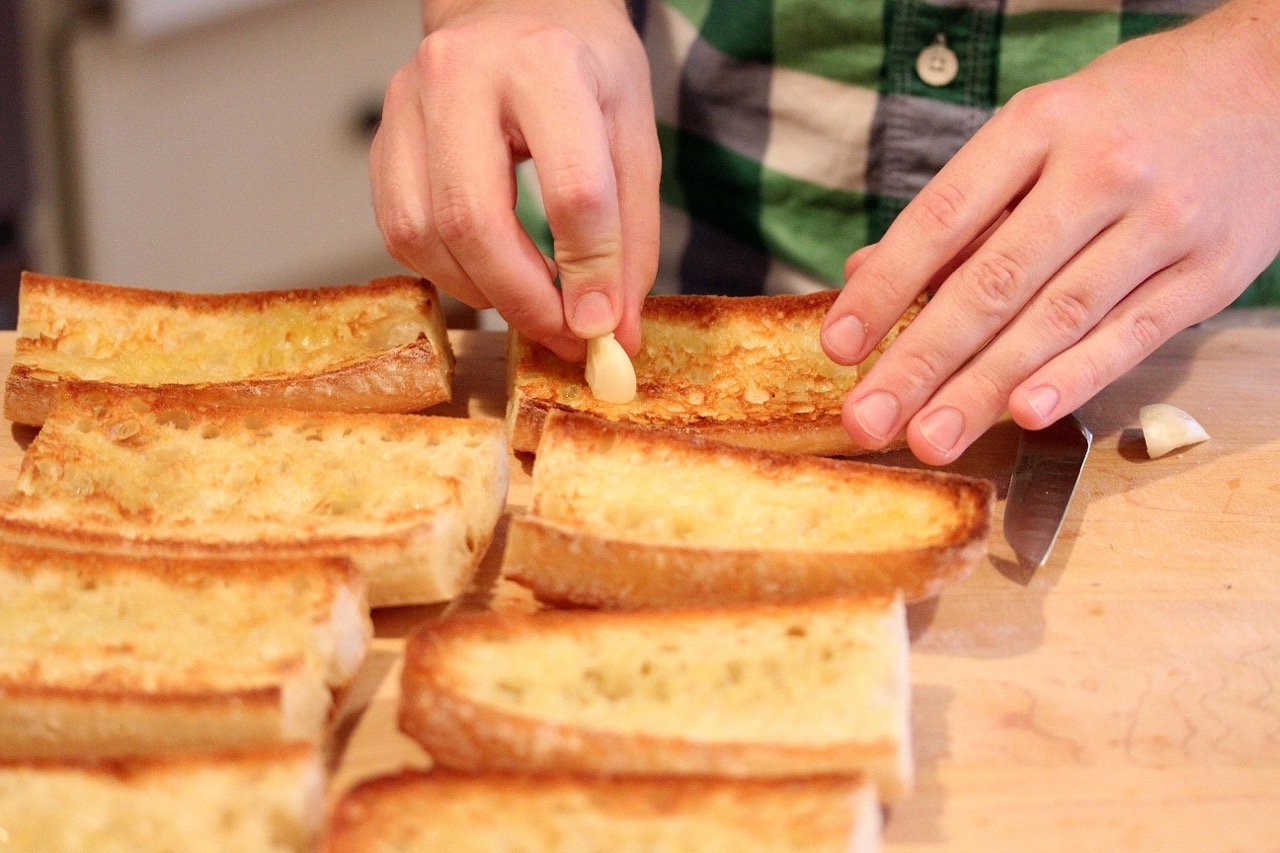
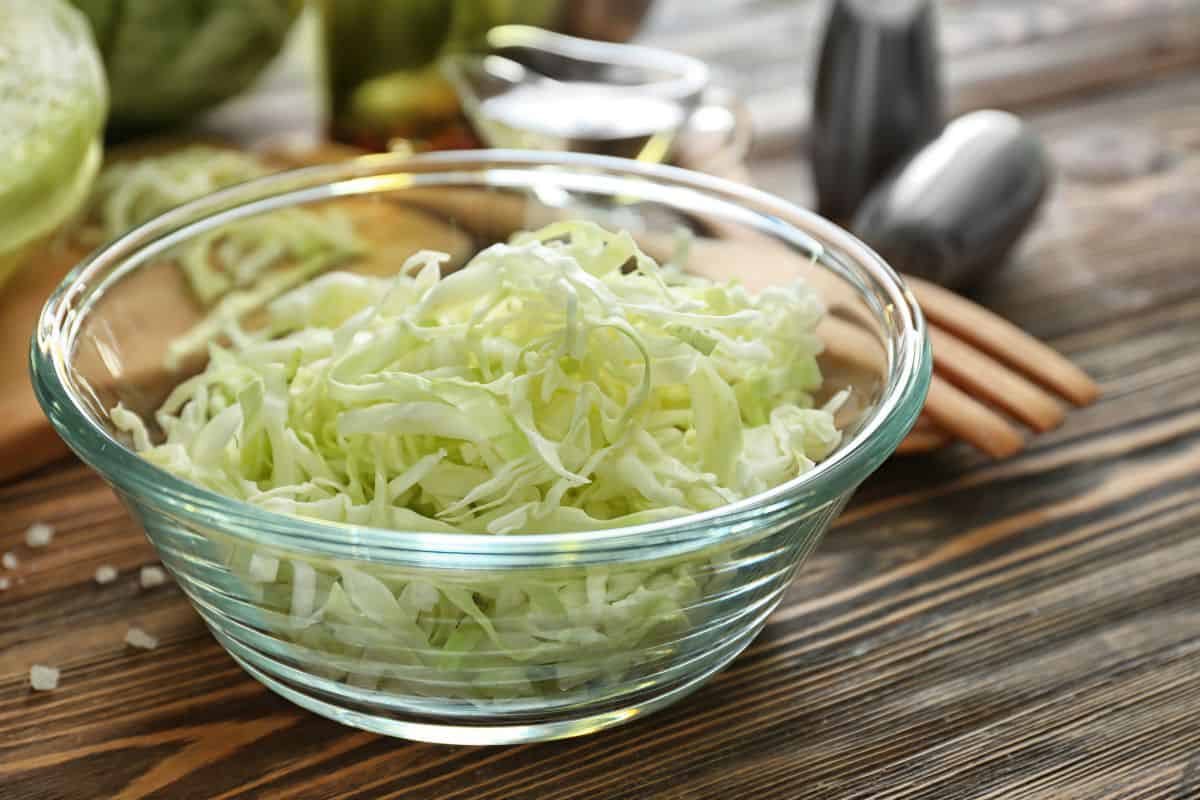
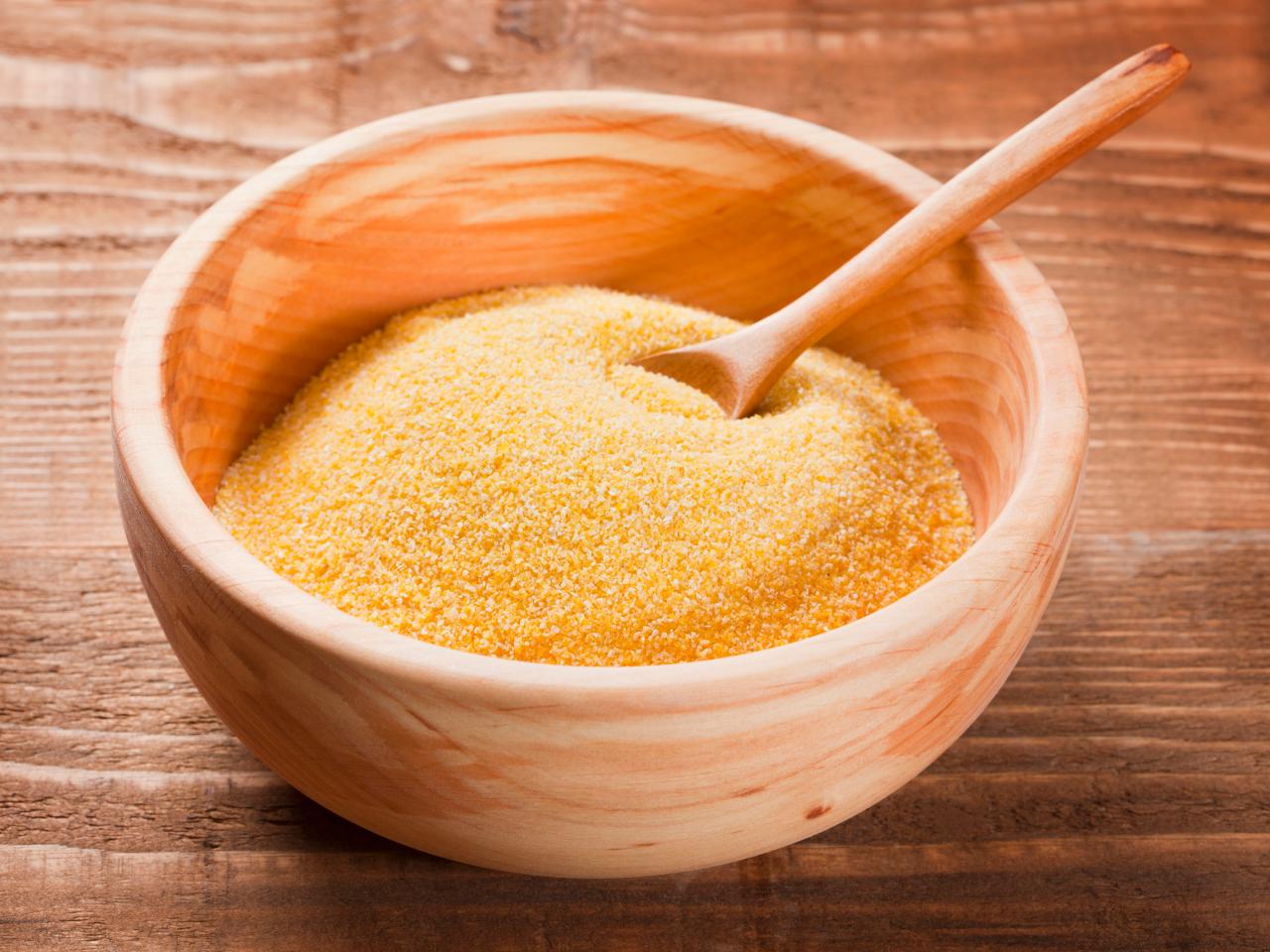
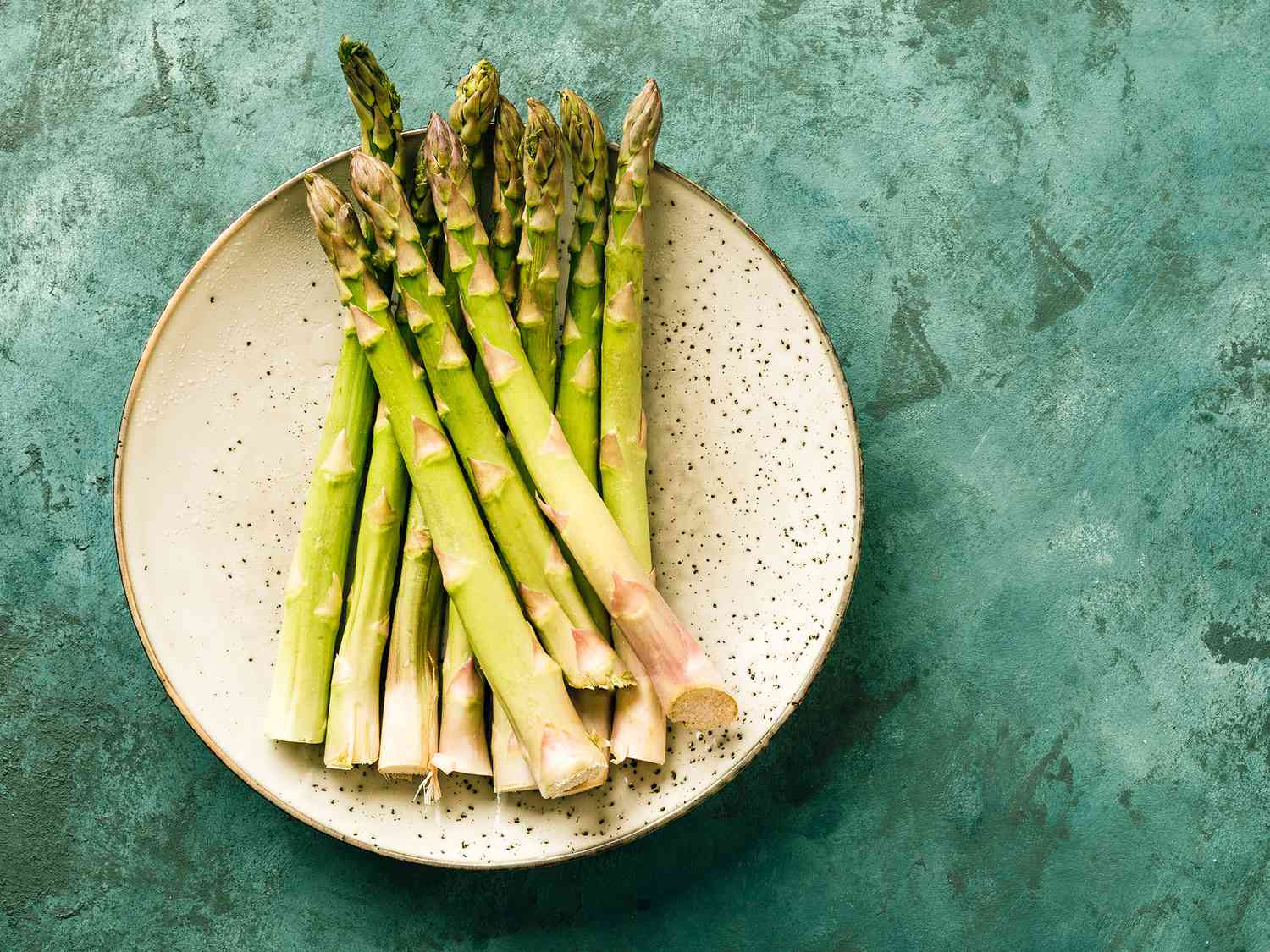
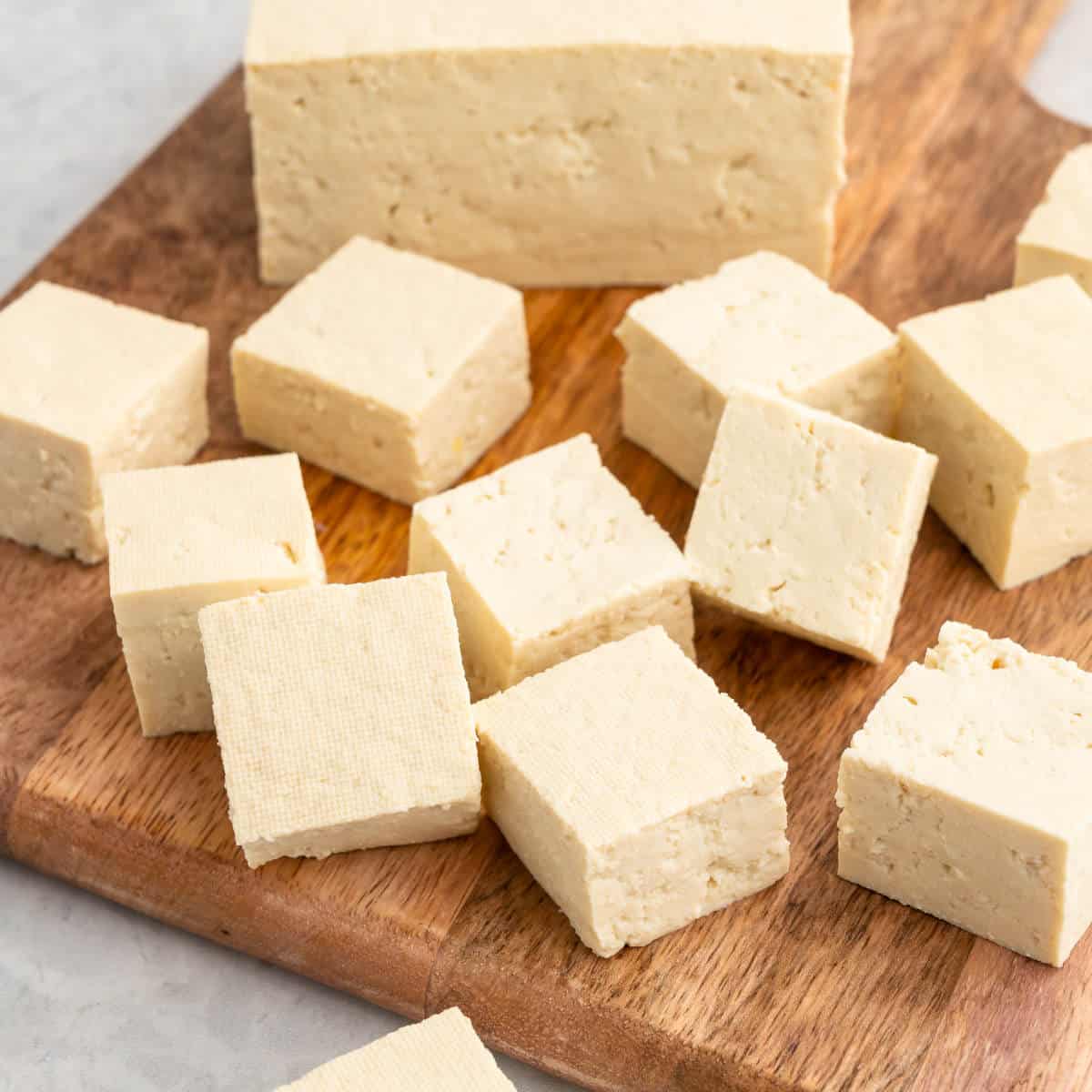
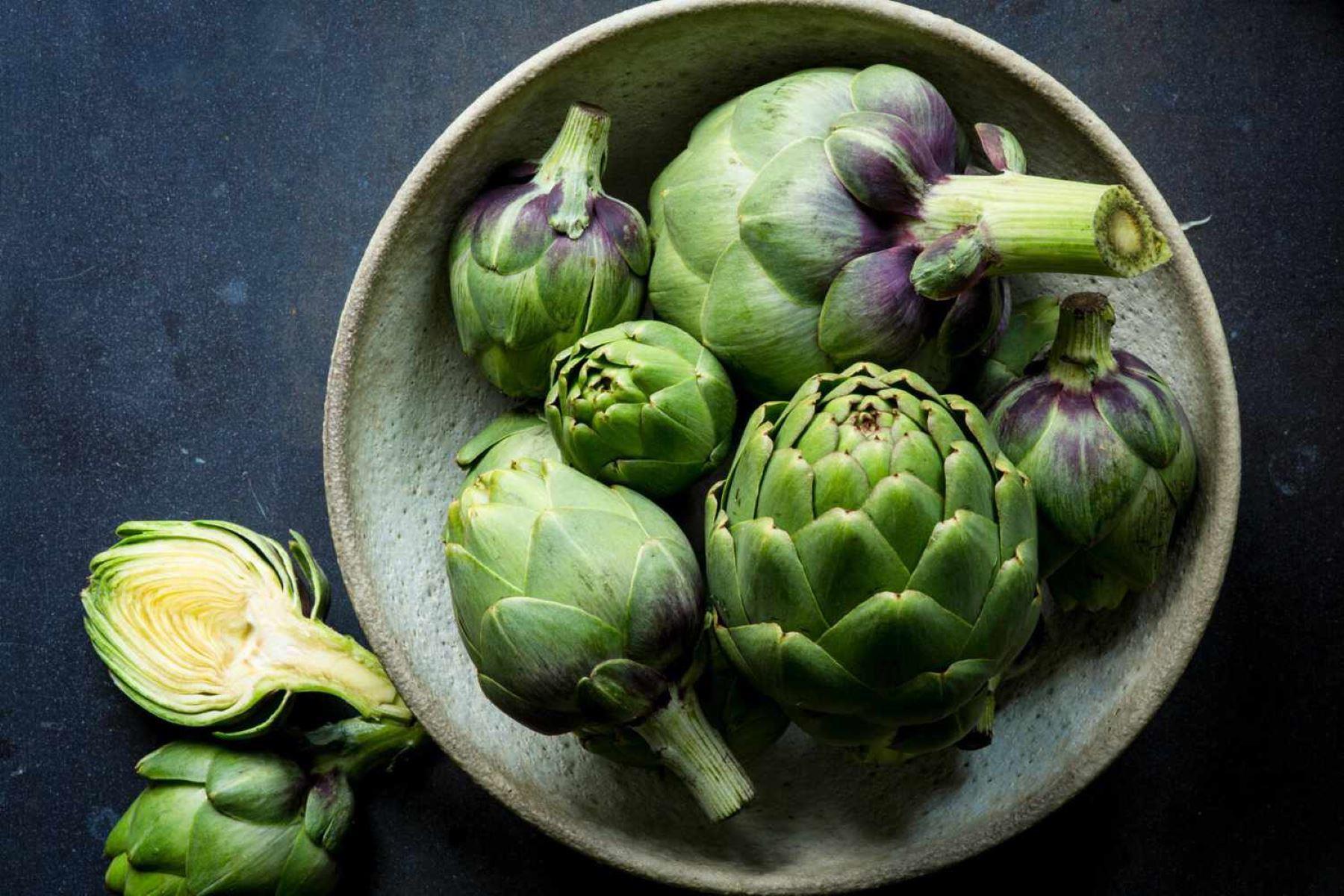
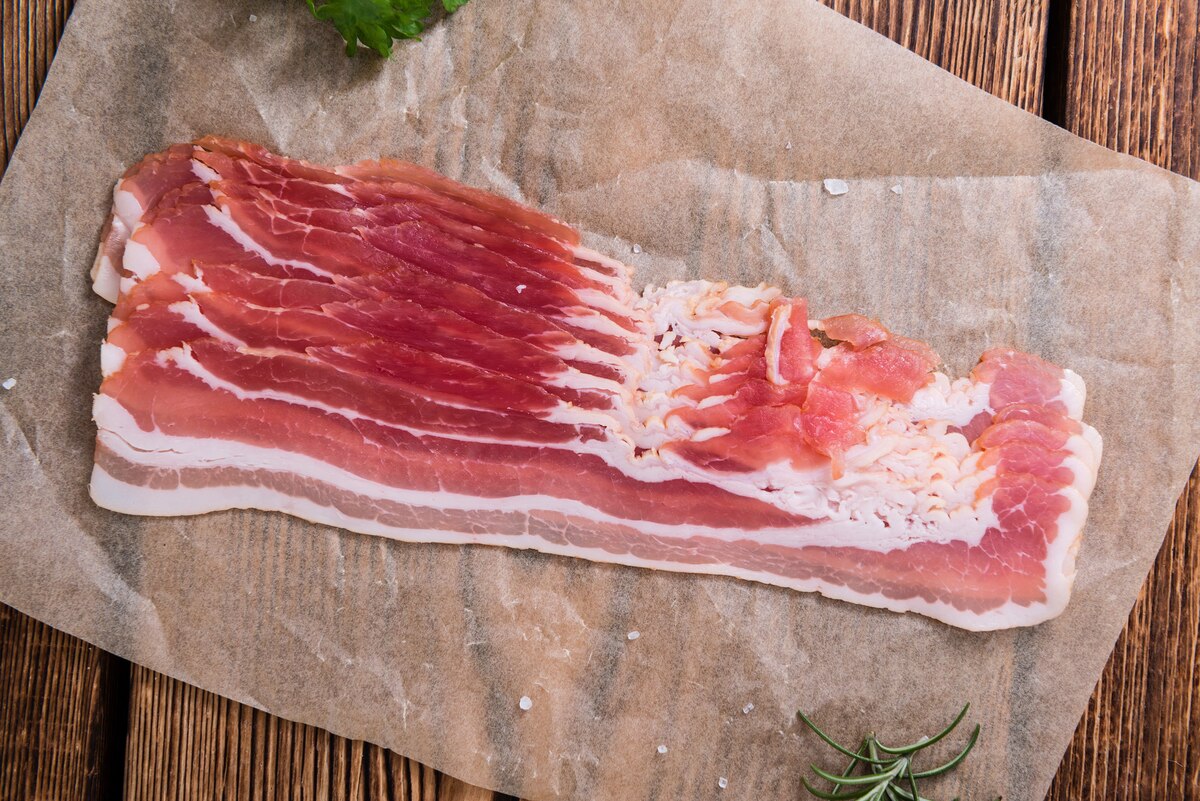

0 thoughts on “How To Store Uncooked Salmon”